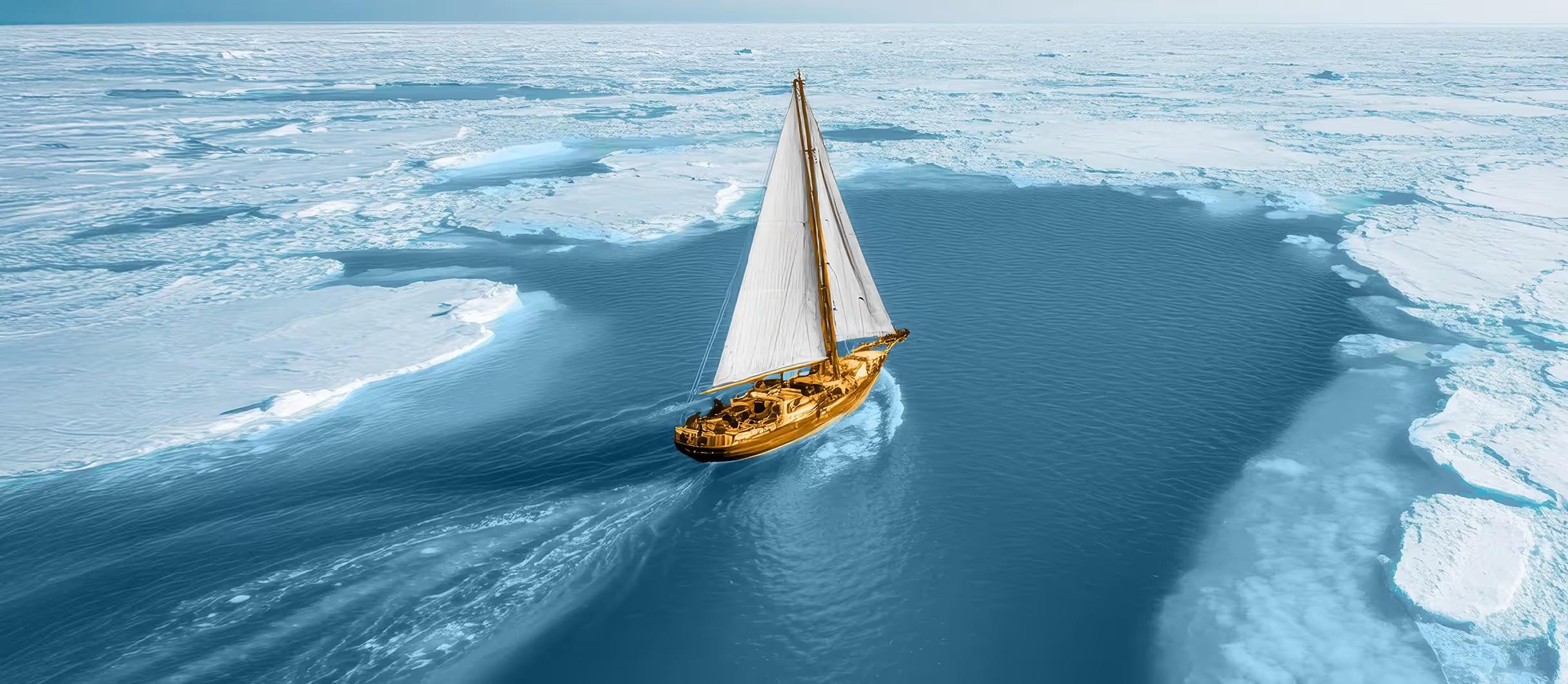Shipping produces nearly 2% of global greenhouse gas emissions. While this is about seven times less than emissions from road transport, in the current climate crisis it is still nearly 2% too much.
To lessen their environmental impact, shipping companies are investing significant funds into R&D. Since most ships currently use fossil-fuel powered engines, with all the associated emissions, one of the major efforts concerns alternative propulsion technologies.
In this article we look at current advances in wind power technology and the positive impacts on shipping.
Wind power
The use of wind energy was the main propulsion technology in shipping for millennia, until it was displaced by the steam engine which in turn was replaced by fossil fuel engines. However, recent developments in wind propulsion have made it technologically and commercially viable again, even for cargo shipping.
In wind turbines, the movement of air is used to rotate the turbine blades to turn a generator shaft to produce electricity. This effectively converts the kinetic energy of the wind into electric energy. In contrast, in shipping the kinetic energy of the wind is mainly used directly to propel the ship along, which is far more efficient for this purpose.
Traditionally this was done using soft sails. Modern cargo ships mostly use rigid, or hard, sails, rotor sails, or suction wings.
Rigid sails
Sails work on the same principle as aircraft wings: as an aircraft wing travels through air, the air moves faster past the upper surface of the wing than the lower surface of the wing. This creates a pressure difference, which leads to lift. A rigid sail is essentially an aircraft wing standing on its tip: a wing creates lift and upward propulsion, in a sail the lift creates forward propulsion.
BAR Technologies’s WindWings illustrate the principle beautifully: each WindWing consists of two “aircraft wings” standing on their tips, connected by a flatter middle section. Each of the sections can pivot to change the profile of the sail to take advantage of the wind. The whole sail can rotate as well. These sails can be retrofitted on existing cargo vessels, which has obvious advantages in decarbonising existing ships.
The WindWings have been successfully used on Mitsubishi Corporation's Pyxis Ocean, which sailed from Shanghai to Singapore and then to Brazil, docking there in March 2024. According to BAR Technologies, each WindWing saves 1.5 tonnes of fuel and reduces emissions by 4.7 tonnes of CO2 for each day of operation.
The Oceanbird’s Wingsails have a rigid main core (the “wing”) with a leading edge flap which directs the air onto the main core to generate extra thrust. In racing yachts this enables them to travel faster than the wind. Cargo vessels are too massive for that, but the effect still significantly increases the ship’s thrust. The Wingsails are currently being tested on Wallenius Wilhelmsen’s vessel Tirranna. According to Oceanbird, one Wingsail reduces fuel consumption by 7 – 10% on optimal routes.
Rotor sails (Flettner rotors)
A sail does not need to have the profile of a wing to propel a ship. Rotor sails, also called Flettner rotors, have been successfully deployed on cargo ships.
A rotating vertical cylinder will have one side rotating in the same direction as the wind flowing past it, and the opposite side rotating in the direction opposite to the wind. This accelerates the air flow on the first side and decelerates the air flow on the opposite side. This velocity difference creates a pressure difference. A pressure difference leads to lift. Because the cylinder is vertical, the lift propels the ship forward rather than up.
Anemoi Marine’s foldable rotor sails have been fitted to commercial cargo ships, for instance on Berge Bulk’s Berge Neblina.
Suction sails (turbosails)
Suction sails are fixed rigid sails with a thicker, roughly ovoidal, cross-section and a flap. The flap improves the separation of the air flow on the low-pressure and high-pressure side of the sail. In addition, the sail has an internal system that sucks the air from the low-pressure side inside, which increases the pressure difference and increases the lift that the sail generates.
The idea has been revied in the 1980 by Jacques Cousteau. Recently, bound4blue have developed and successfully installed eSAILs, suction sails for cargo ships.
Soft sails
TOWT’s Anemos is a newly built cargo ship powered by soft sails. Based in Le Havre, TOWT are planning on Anemos’s first Atlantic crossing.
Combining wind power and fuel engines
At present, sails are typically fitted on cargo ships that have traditional diesel engines and are used as a means of reducing, rather than eliminating, fossil fuel use. However, companies such as Veer and Viasea are developing container ships operating hydrogen-powered engines alongside sails, aiming to eliminate the use of fossil fuels altogether. Whether the ultimate solution will be found in the combination of sails and hydrogen-powered engines or not, zero-emission ships are now a realistic possibility.
Protecting your intellectual property in wind propulsion technology
The patent system requires inventions to be new and non-obvious. While the use of sails has long been known this does not necessarily mean that new developments in the technology cannot be patented. Indeed, the companies mentioned in this article have numerous patents protecting their innovations. Your patent attorney will be able to identify patentable innovations in your technology portfolio and advise on the best IP protection strategy.
An IP strategy always needs to consider the jurisdictions in which to file for patent protection. This is true for any innovation and is especially important in shipping given its international reach. A patent attorney will have jurisdictions in mind when formulating a patent filing strategy. For another important aspect of this, licensing, consult an IP solicitor.
Contact us for an informal discussion of your shipping technology with our IP experts.




















.avif)


%203.jpg)

%20provider.jpg)
.jpg)
%20(1).jpg)